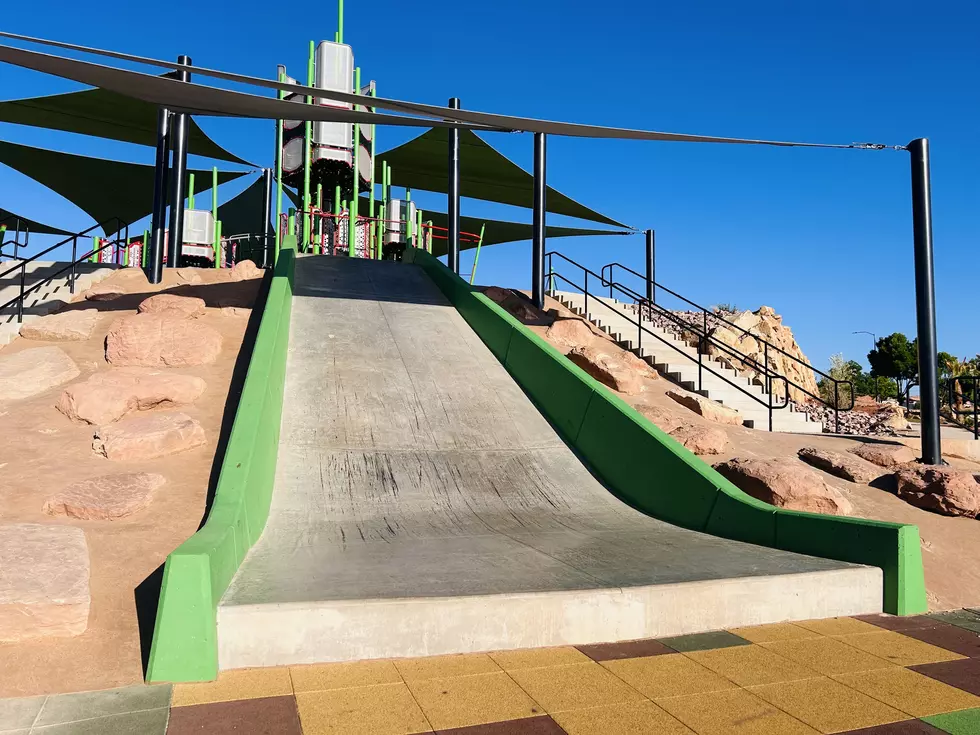
Making A Difference: Joining Utah’s Volunteer Movement
Many of us are still trying to figure out what really makes us happy.
There's no denying that volunteering and helping others seems to be a key. Study after study has shown that service can be the biggest key to happiness in most people's lives.
Now is a great time to test that theory as it is International Volunteer Month.
Aprils is International Volunteer Month (National Volunteer Week is celebrated annually during the third week of April).
This celebration is about placing a spotlight on inspiring figures whose invaluable seeds of kindness through volunteering are bettering the community and our world in general.
This significant celebration, which was established in 1974, provides the perfect opportunity to say thank you. It also challenges us to do better and look for ways to be active participants, joining hands to impact our local communities and calling for more support.
From the website Nationaltoday.com, gives us three suggestions for volunteering:
Get involved
Do more than applaud; let your impact be felt. One look around your community, and you find various ways in which you can lend your support.
Spread the word
Volunteers are often overworked, so there's always a need for more people. Be a part of the movement to call on more volunteers by using your social media handles to send the message out
Say thank you
Appreciating volunteers goes a long way to making them feel good about their impact and driving them to do more. You could do personalized gifts, host an appreciation gala, write a note, email, or thank them in person.
That website also offers these intriguing facts about giving service:
5 FACTS ABOUT VOLUNTEERING
Volunteering peaked during the Great Depression
During the 1930s, the U.S. launched a large-scale coordinated volunteer effort to assist the millions of hungry, homeless, and unemployed people via relief efforts.
There’s a ‘Year of the Volunteer’
The year 2001 is proclaimed as the International Year of Volunteers (I.Y.V.) by the United Nations General Assembly.
Volunteers have helped in deeply tragic events
Hurricane Katrina, Haiti's deadly earthquake, Indian Ocean earthquake, and tsunami; volunteers have been there through it all. Theirs is the face you see during the most trying times, offering help and assisting with disaster relief and recovery.
The ‘United We Serve’ campaign
President Barack and Michelle Obama announced this campaign, calling for more engagement in service.
Value of volunteer hour boost
In 2020, as a result of the pandemic, the value of a volunteer hour witnessed an almost 5% boost.
Here are some websites to help you find places to volunteer:
Justserve.org
Youth Volunteer Corps of St. George
Big Brothers Big Sisters of Utah
Habitat For Humanity of Southwest Restore
ironman.greaterzion.com

Drive Safely: Avoid Speeding Tickets By Knowing These So. Utah Limits
I've had my share of speeding tickets through the years, although none lately. At one point, I'd been pulled over on every major holiday.
That's a fact I'm kind of proud of, and also kind of ashamed of. But I'm older now and haven't gotten a speeding ticket in a decade or more (knock on wood).
I've found a big part of the battle is knowing what the speed limits are. I've been pulled over many times and the officer invariably asks if I know what the speed limit is. If the answer is, "I don't know," or "I'm not sure," that's when you know you have a problem.
Some examples:
Quick, without looking it up, what's the speed limit on St. George Boulevard?
If you said 40 miles per hour, you're wrong. Thirty-five? Nope.
The speed limit on the Boulevard is 30 (And yes, I did get pulled over on the Boulevard once, back in the 1990s at about 6 a.m. on a weekday. I didn't get a ticket, but I did get scolded for not knowing that it was a 30-zone (I was going 43).
How about the freeway speed limit, from milepost 2 through 13?
Nope, not 80 or even 75. It's actually 70 miles per hour.
The other day I was cruising along at about 70 when I came up on an 18-wheeler. I sped up a little to get past him and before I had even finished the pass a car was riding up my tail going significantly faster than both of us. I finished passing the truck and immediately moved over, at which time the guy behind me zoomed away.
No big deal, right? Except the guy in the 18-wheeler didn't like me moving over so quickly and gave me the "high-beam flash" a couple of times.
I was still going well over the posted speed limit, but apparently not fast enough for him.
Here are some other notable speed limit postings around our area:
- St. George Boulevard -- 30 MPH
- Bluff Street: 45 MPH
- Southern Parkway -- 60 MPH
- Telegraph/Red Cliffs Drive/River Road --- 50 up on Telegraph Hill and North, 35 in Washington City, 40 MPH from Red Cliffs Drive in front of the Mall and South
- SR 18 -- 45 on Bluff then turns to 60 MPH
- SR9 -- 60 MPH
- Dixie Drive -- 40
- Red Hills Parkway (East of the Skyline light) -- 40
- Red Hills Parkway (West of the Skyline light) -- 50
- Snow Canyon Parkway -- 40
- Mall Drive -- 45 MPH
- 700 S. -- 30 and 35
- All residential streets -- 25 MPH
LOOK: See how much gasoline cost the year you started driving
Gallery Credit: Sophia Crisafulli
More From KDXU 890 & 92.5









